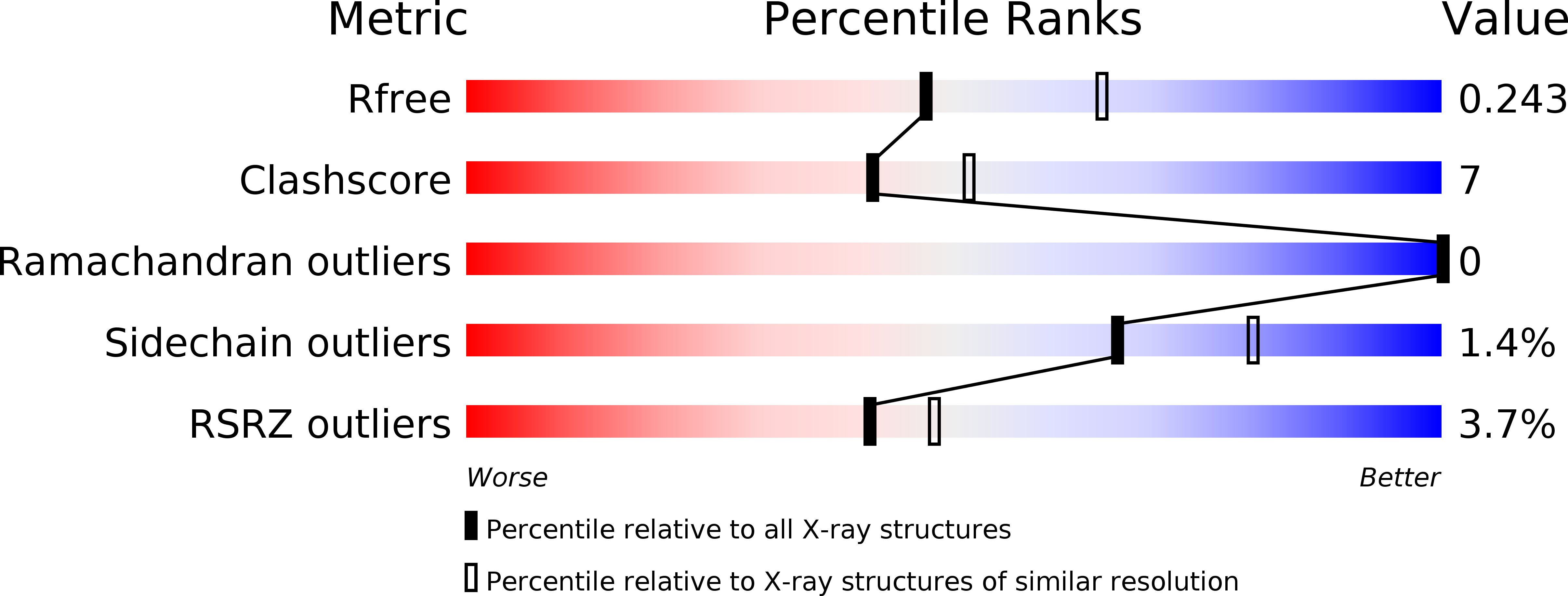
Deposition Date
2011-11-09
Release Date
2012-01-04
Last Version Date
2024-04-03
Entry Detail
PDB ID:
3UKT
Keywords:
Title:
Structure of the C-linker/CNBHD of zELK channels in P1 21 1 space group
Biological Source:
Source Organism:
Danio rerio (Taxon ID: 7955)
Host Organism:
Method Details:
Experimental Method:
Resolution:
2.30 Å
R-Value Free:
0.25
R-Value Work:
0.20
R-Value Observed:
0.20
Space Group:
P 1 21 1


